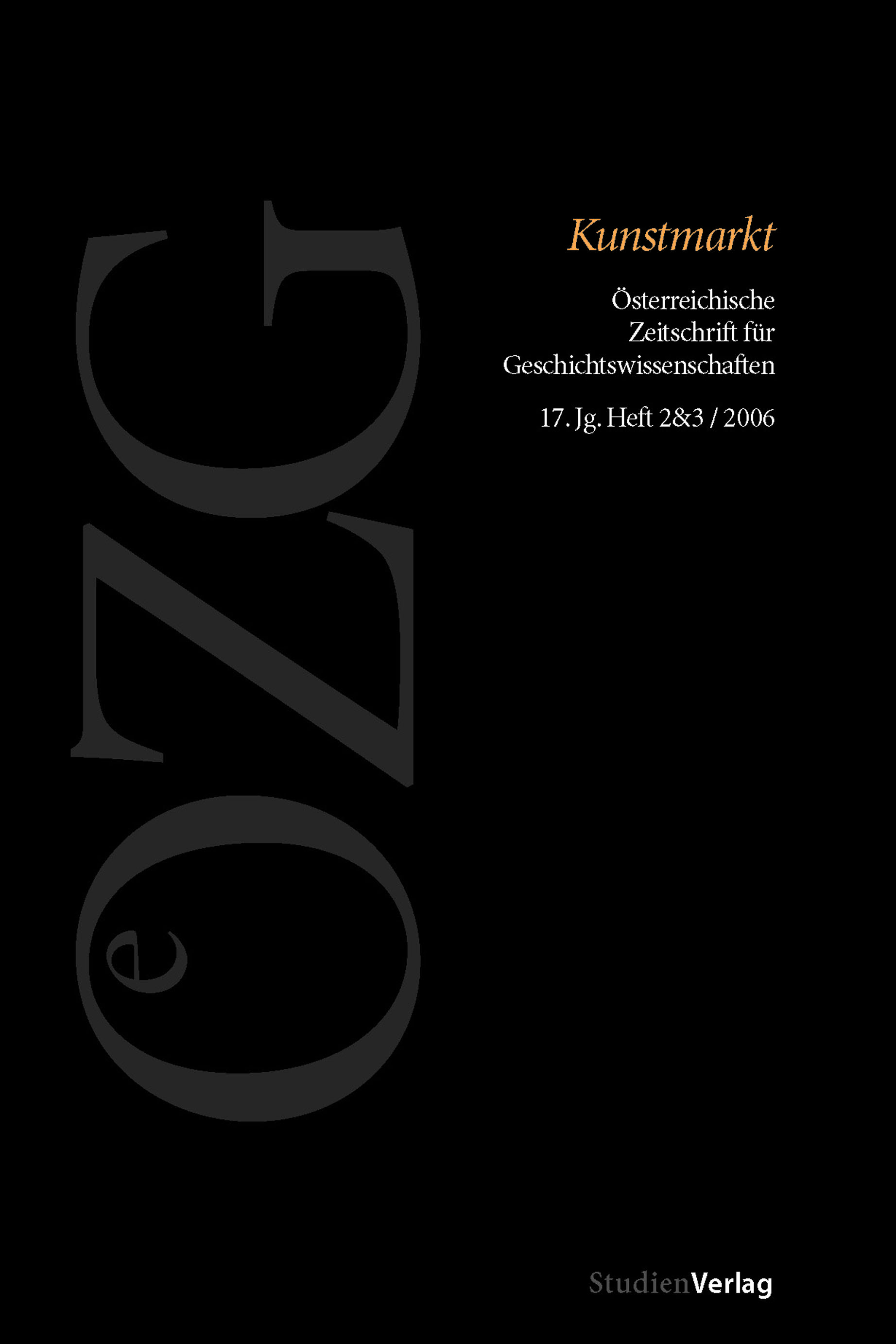New Economies: Das Surplus der Kunst
DOI:
https://doi.org/10.25365/oezg-2006-17-2-2Abstract
The configuration of value in the context of (post-)modern art is explored under the premises of an increasingly influential system of value-defining agents, consisting of galleries, museums, private collectors, artists, curators, critics, art journals, art historians, cultural managers and other instances responsible for the mediation of art and its cultural self-preservation. The article adresses significant shifts in the art market since the 1990s, particularly concerning the expanding dimensions of investments into art as a distinctive symbolic and value-increasing surplus commodity, not only by private individuals, but also by major international business companies. These phenomena are not exclusively discussed as financial investment projects but as forms of cultural capital accumulation, particularly under the premises that social-critical artworks are increasingly acquired by corporate collections and dissident art practices are highly valued by international companies as strategies to enhance their creative potential.


